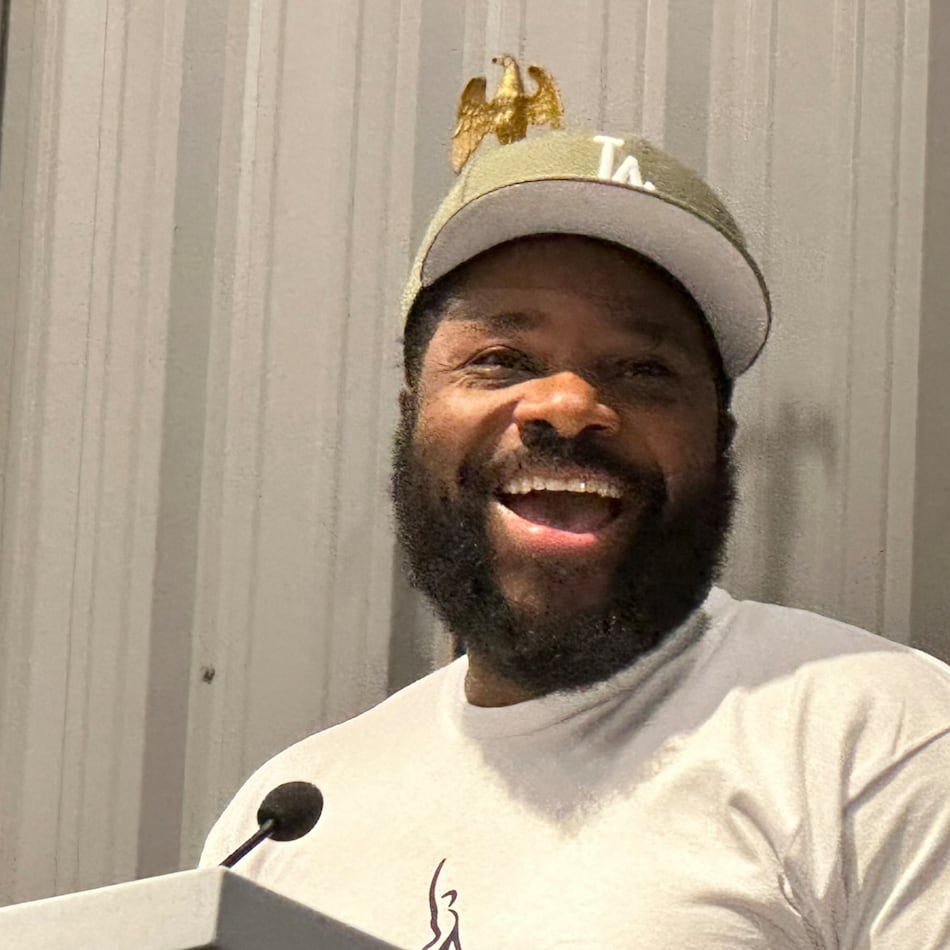Can one rotten apple really spoil the whole barrel? Just ask anyone who has worked on a team with someone who didn’t pull their weight. In the worst case scenario, deadlines get missed, the team objective isn’t met, and everyone gets blamed. More often others step in to do the work, but distrust, resentment and conflict follow.
It’s a common problem that could be avoided through better team-forming practices.
“We could learn a lot from athletic teams in the business world,” said Marsha Sampson-Johnson, senior vice president of human resources and chief diversity officer for the Southern Co.
“There’s great clarity in a sports team,” she said. “The roles of players are clear. Everyone knows her position and what she’s supposed to do. The goals are clear — to win games — and the measurements are clear. There’s a scoreboard. Everyone knows what success looks like and how it will be measured,” she said.
Before starting to work together, business team members must define and agree to the expected results, as well as how those results will be measured. Everyone needs to understand how his piece is essential to the whole and build in checkpoints along the way to measure progress, she explained.
“All roads lead to communication if you want a high-performing team,” Sampson-Johnson said. “While it’s not easy, the more clarity you can build into the front end, the fewer problems you’ll have on the back end.”
Jennifer Bristol sees a multitude of challenges that business teams face every day in her position as managing consultant for the performance improvement practice at rapidLD (Rapid Learning Development), a professional services company that helps clients develop talent and improve performance.
“Because of rapid shifts in companies, people don’t have time to get to know one another,” Bristol said. “People come with varying levels of experience and different backgrounds. They may have to work virtually, and they have different styles of doing things. Sometimes there’s even team ambiguity—people aren’t sure what they are supposed to do.”
Bristol walks clients through the following steps in team-building.
“When a team comes together, members need to collectively develop a charter and a purpose,” she said. “Next, they need to develop the rules of engagement, which include how they are going to communicate with one another and make decisions. Problems occur when there isn’t full disclosure among members. Everyone needs to be in the loop.” Enabling someone or ignoring him only leads to team conflict.
“You have to carefully think through the roles and define them ... Suzy gathers the data; Ted writes the report; Sally makes the presentation,” Bristol said.
Choosing a team facilitator (someone not on the team) who can objectively observe the flow and keep the team on track is often helpful, she said.
“It’s a good idea to set up milestones and ways to measure progress, so that you can deal with issues early and hold people accountable,” said Bristol. In her company, a status report helps clients and team members know what work is being done.
“It’s documented in black and white, so if someone isn’t working, it’s obvious to everyone right away,” she said.
Different personality and behavioral styles can also cause friction. Bristol may suggest that team members take personality style assessments, such as DISC or Myers Briggs, to help them establish a foundation of respect, value different styles and learn to work together.
“It always helps to walk a mile in someone else’s shoes,” said Sampson-Johnson. “If you perceive that someone isn’t pulling his weight, start by asking that person what he thinks his contribution should be. It’s a good way to open up a dialogue.” Non-performance may come from lack of clarity, inexperience, fear of not having the necessary skills, or a personal problem.
“By asking positive questions about how someone thinks she could add value to the team, you may be able to tap into someone’s expertise, or strengthen work relationships. Nothing beats the power of building relationships,” Bristol said.
But if talking to the person doesn’t improve performance, it’s time ask for help from management.
“The professional way to handle the situation is to keep emotions and office politics out of it,” Bristol said. “Come with specific examples of how the person is not contributing and the impact on team results. The discussion should be all about results and what you need to get the job done.”
Follow AJC Jobs on Twitter:
About the Author
Keep Reading
The Latest
Featured


